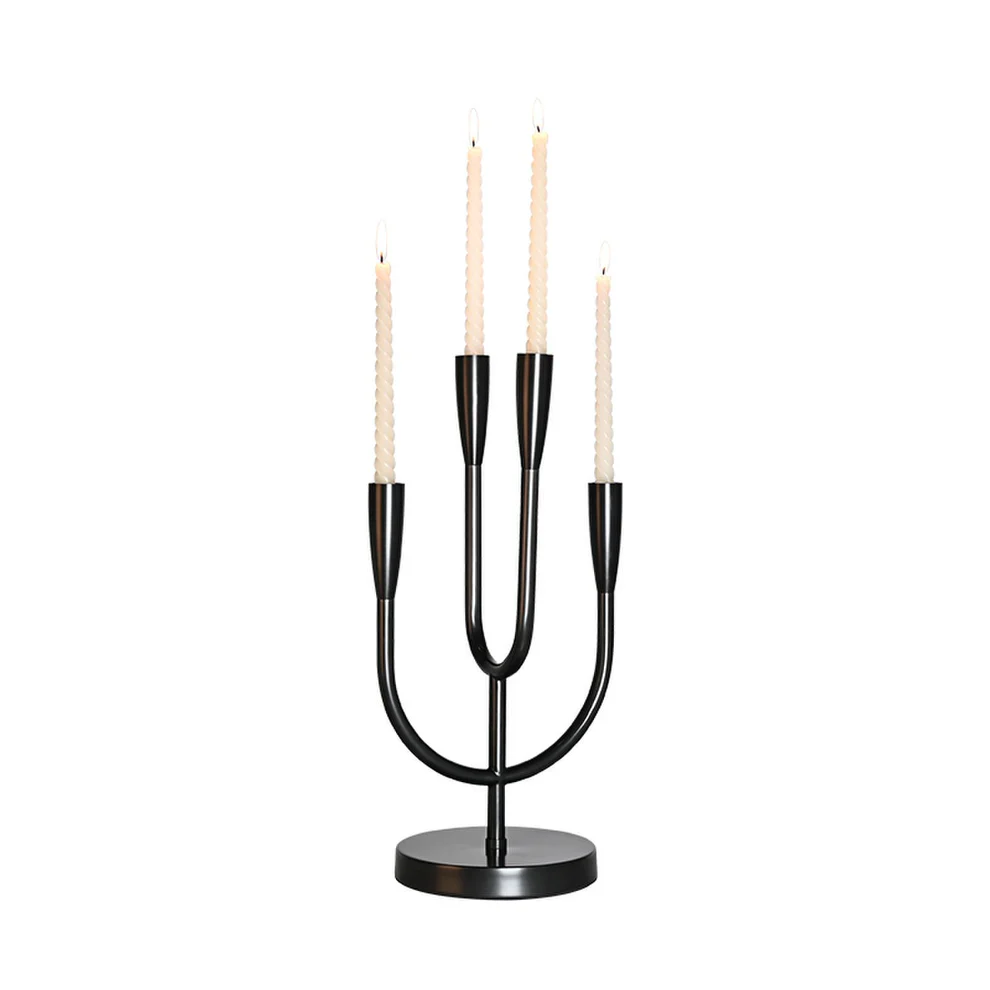Understanding Color Temperature Effects on Workspace: Enhancing Productivity and Comfort
Understanding Color Temperature Effects on Workspace: Enhancing Productivity and Comfort
In today's fast-paced work environments, the role of lighting is often underestimated. Many studies have highlighted that color temperature significantly affects workplace productivity, mood, and overall well-being. In this comprehensive article, we will explore the effects of color temperature on workspace, discuss its implications on employee performance, and provide recommendations for optimizing your work environment.
What is Color Temperature?
Color temperature, measured in Kelvin (K), describes the warmth or coolness of a light source. Understanding color temperature is crucial for creating the right ambiance in your workspace. Generally, the color temperature can be categorized into three main types:
- Warm White (Below 3000K): This light is golden, providing a cozy and intimate atmosphere, suitable for relaxations spaces.
- Neutral White (3000K - 4000K): This light creates a balanced ambiance, often used in common work areas.
- Cool White (Above 4000K): This is a bluish light that stimulates alertness, enhancing concentration, typically used in offices and workspaces.

Effects of Color Temperature on Productivity
Research indicates that the color temperature of your workspace lighting can influence your productivity and overall well-being. Here are some insightful findings:
| Color Temperature Range | Effects on Productivity |
| Below 3000K | Promotes relaxation and creativity, suitable for brainstorming sessions but may decrease focus for intensive tasks. |
| 3000K - 4000K | Encourages a balanced work atmosphere, enhancing concentration while maintaining a comfortable environment. |
| Above 4000K | Increases alertness and attention to detail; ideal for tasks requiring focus and precision. |
Warm White Lighting
Warm white lighting, with a color temperature below 3000K, is often seen in environments that encourage creativity and relaxation. Such lighting is ideal for breakout rooms and lounges, where employees unwind and brainstorm. However, while it may foster innovation, the relaxed mood could hinder intensive work tasks, making it essential to balance warm light with cooler temperatures in primary work areas.
Neutral White Lighting
Neutral white lighting is generally regarded as the best option for most office settings. Operating between 3000K and 4000K, this light provides a middle ground that fosters both productivity and comfort. It has been found to create an engaging atmosphere without causing eye strain, making it suitable for various tasks.
Cool White Lighting
Cool white lighting, exceeding 4000K, stimulates alertness. This bright light is especially beneficial in high-intensity work areas where precision and focus are paramount. While beneficial for tasks that require concentration, it's important to use this light judiciously, as prolonged exposure may lead to fatigue or discomfort. To balance this, incorporating warm light sources into breaks or retreat spaces can provide necessary relaxation.
The Psychological Impact of Color Temperature
Not only does color temperature influence productivity, but it also plays a significant role in employee mood and workplace culture. Research by the American Psychological Association (APA) explains how different lighting conditions can affect employee emotions and behaviors. Consider the following:
- Warm colors can induce feelings of calmness and comfort, making them preferable in areas designated for relaxation and informal gatherings.
- Cool colors tend to enhance mental clarity and focus, benefiting environments where critical tasks are performed.
- Lighting variations throughout the day can mimic natural light changes, aiding in regulating circadian rhythms and overall well-being.
Implementing Optimal Color Temperature in Workspaces
To harness the benefits of color temperature effectively, consider the following strategies:
Create Dedicated Areas with Different Lighting
Divide your workspace into zones according to function. For example:
- Break rooms should utilize warm white lighting for relaxation.
- Meeting rooms can benefit from neutral white lighting to facilitate discussion.
- Focused workstations should be equipped with cool white lighting for enhancing attention to detail.
Incorporate Adjustable Lighting
Invest in adjustable lighting systems that allow employees to customize their working conditions. This flexibility can lead to increased satisfaction and increased productivity as workers can adapt their environments according to task demands.
Utilize Natural Light
Whenever possible, maximize natural light use. It's considered the best light source for health and mood improvement. Arrange workspaces near windows and provide options for employees to shift tasks closer to natural light sources.
Regular Maintenance of Lighting Systems
Outdated or flickering lights can distract and decrease productivity. Regular maintenance ensures that the lighting conditions remain optimal and comfortable.
Conclusion: The Importance of Color Temperature in Today's Workspaces
Understanding the effects of color temperature on the workspace is essential for fostering a productive and comfortable environment. Incorporating the right lighting not only enhances employee performance but also contributes to a positive workplace culture. Remember to consider the nature of the tasks performed in different areas and adjust lighting accordingly to ensure that team members operate at their best. With a comprehensive approach to lighting, businesses can create stimulating environments that prioritize both efficiency and well-being.
In summary, when designing workspaces, be mindful of how color temperature impacts productivity and employee mood. By implementing varied lighting options, maximizing natural light, and keeping systems regularly maintained, you can significantly enhance the overall workspace experience. Whether you are redesigning a new office or optimizing an existing one, color temperature should be a central consideration.
Remember: A well-lit workspace is key to happier, healthier, and more productive employees!
